Exploring the world after dark with a camera can unlock a whole new level of creativity and enable photographers to capture stunning images that truly stand out.
The Challenges of Long Exposure Night Photography
As with any genre, long exposure night photography comes with its own set of challenges. Understanding these obstacles will help photographers overcome them and produce exceptional images:
- Low light conditions: Night photography often presents a lack of available light sources, which can make it difficult for the camera to capture a proper exposure. An understanding of exposure settings and the use of additional lighting tools, such as flashlights or portable strobes, can help overcome this challenge.
- Camera stability: Long exposure photography requires a stable camera to prevent blurriness in the final image. Using a sturdy tripod and a remote shutter release can help maintain stability and ensure sharpness.
- Noise and grain: Shooting in low light conditions can introduce unwanted noise and grain in the image. Understanding how to control settings like ISO and post-processing techniques to reduce noise is crucial.
- Unpredictable elements: Shooting at night means unpredictable elements, such as changing weather, difficult access to locations, and different behaviors of nocturnal subjects. Being prepared and adaptable is key to capturing the desired shots.
The Rewards of Long Exposure Night Photography
While the challenges may appear daunting, the rewards of long exposure night photography make it all worthwhile. Here are some of the reasons photographers are drawn to this unique genre:
- Unveiling a hidden world: Night photography grants access to a world that is often unseen and overlooked. Capturing the enchanting beauty of city lights, star trails, or light painting can create truly magical images.
- Creating surreal visual effects: Long exposures can produce stunning visual effects, such as smooth waterfalls, light trails from passing vehicles, and mesmerizing starry skies. These effects add a sense of uniqueness and awe-inspiring qualities to the photographs.
- Showcasing a different perspective: Nighttime offers an entirely different ambiance and atmosphere compared to daylight. By exploring long exposure night photography, photographers can showcase surroundings in an alternative and intriguing way.
- Expressing creativity and imagination: Long exposure night photography is a gateway to artistic expression. It allows photographers to experiment with different techniques, exposures, and light sources, leading to truly original and imaginative outcomes.
Key Takeaways
Long exposure night photography may have its challenges, but with proper understanding, preparation, and perseverance, photographers can unlock incredible results. Here are the key takeaways:
- Overcoming low light conditions and camera stability challenges is crucial for successful long exposure night photography.
- Noise reduction techniques and adaptability to unpredictable elements are necessary skills to master.
- Exploring the hidden world and creating surreal visual effects are primary rewards of this captivating genre.
- Long exposure night photography provides a unique perspective and allows for artistic expression.
So, grab your camera, a sturdy tripod, and venture into the mesmerizing world of long exposure night photography. Embrace the challenges, savor the rewards, and express your creativity like never before!
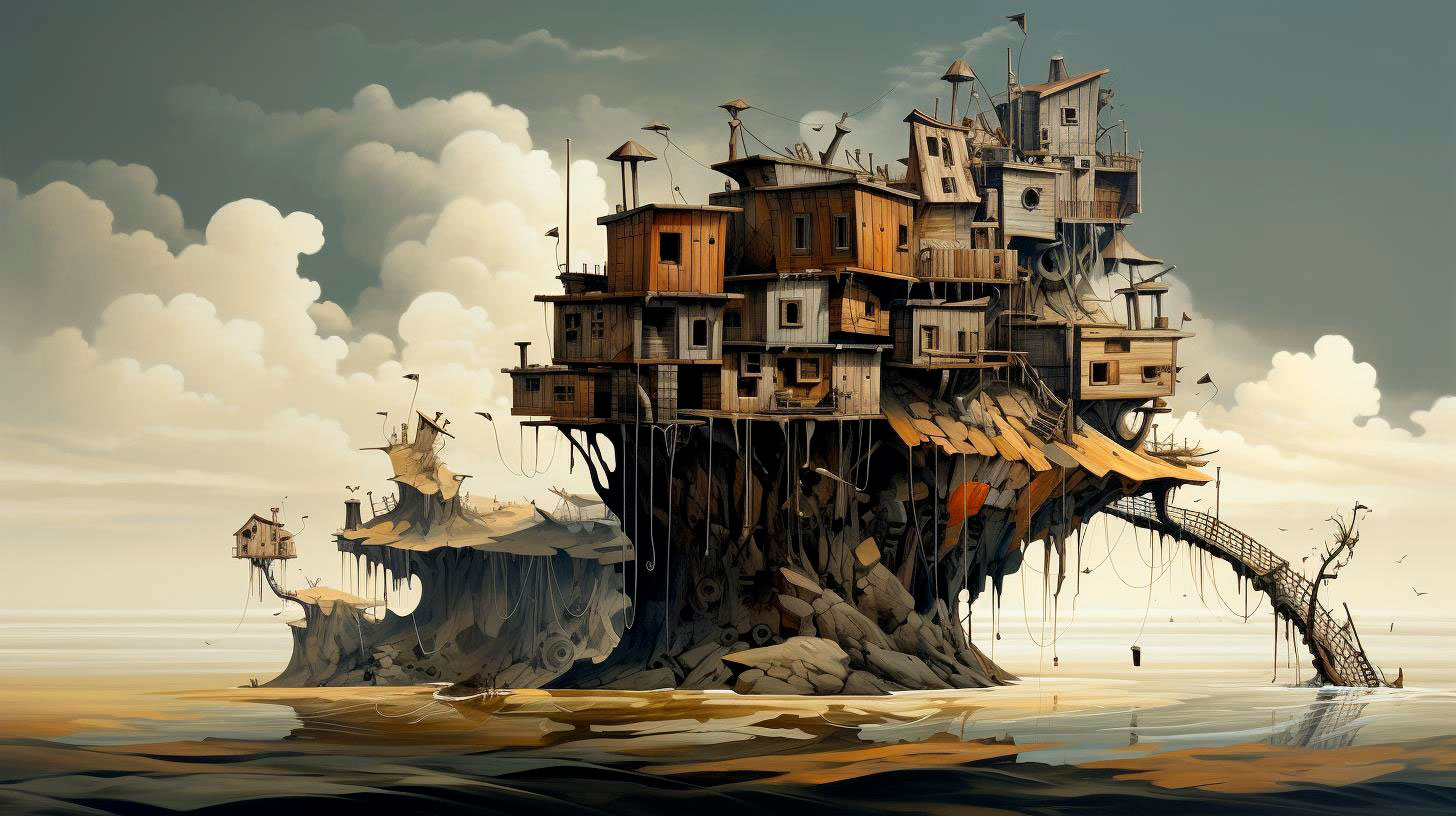
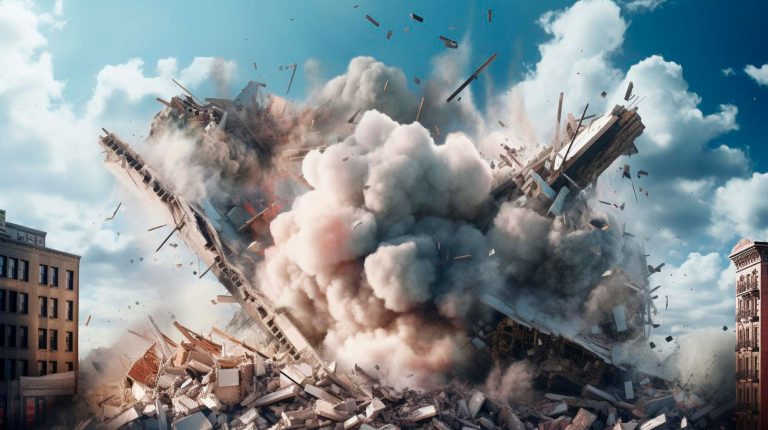
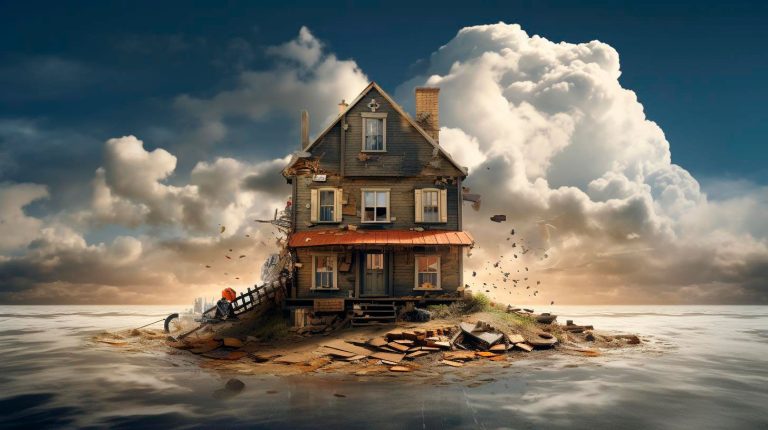
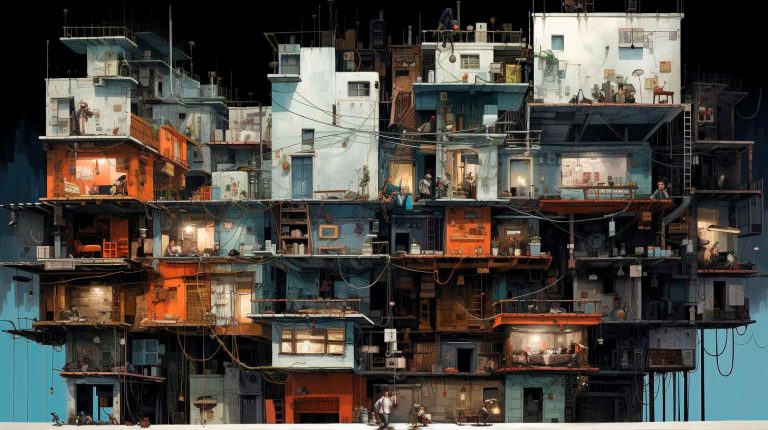
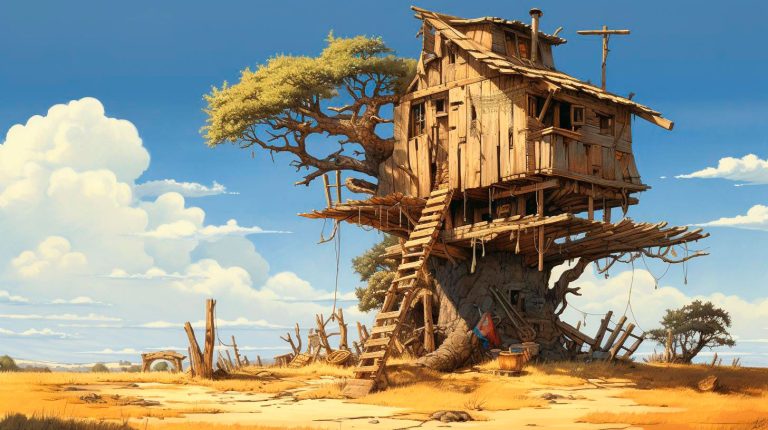


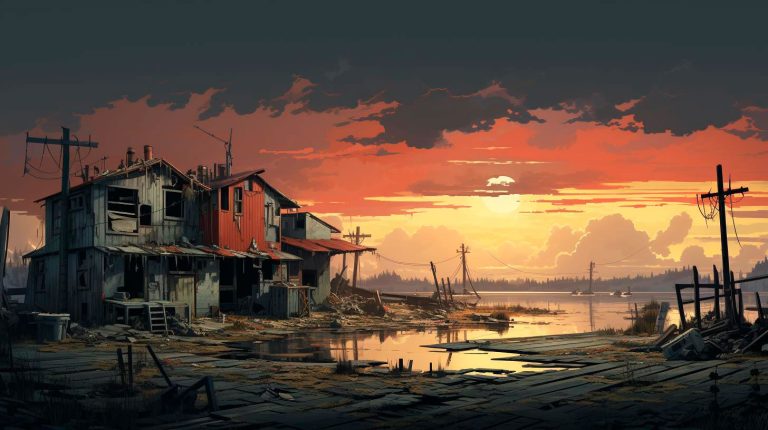

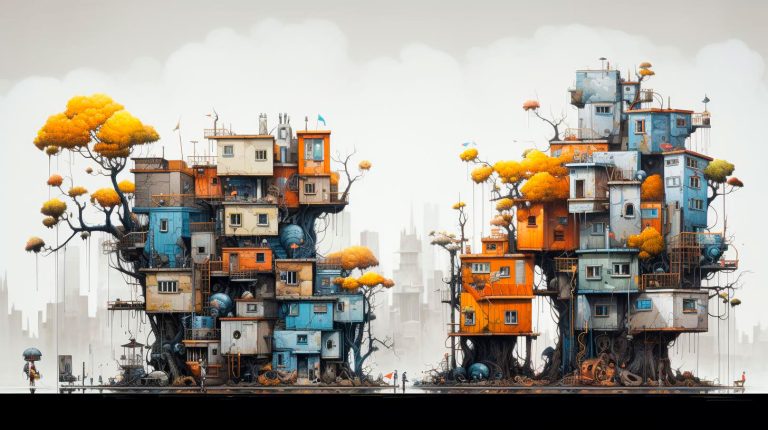
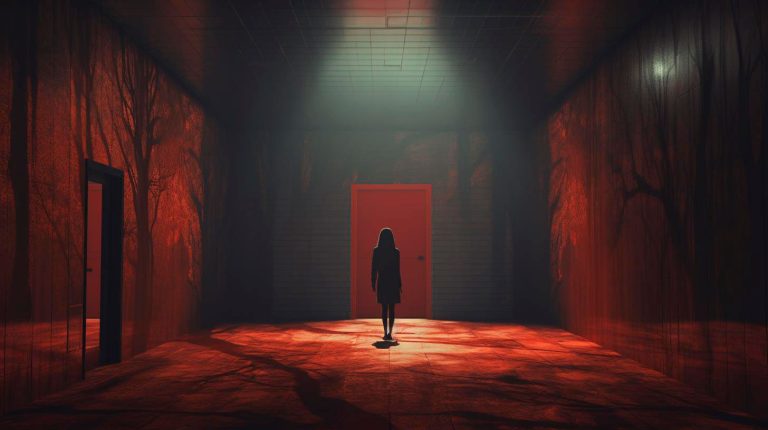

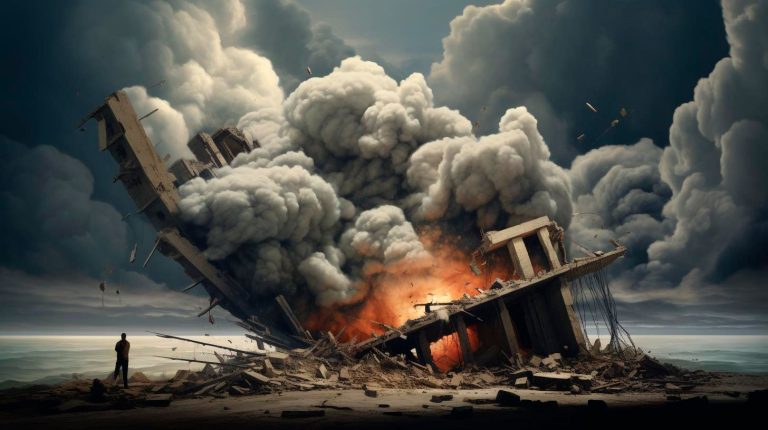








+ There are no comments
Add yours